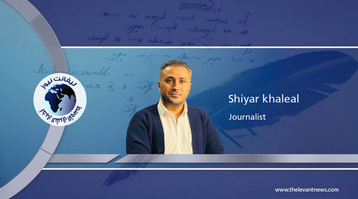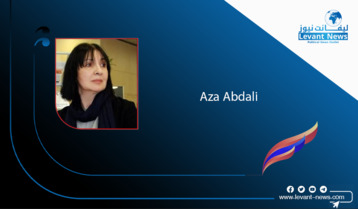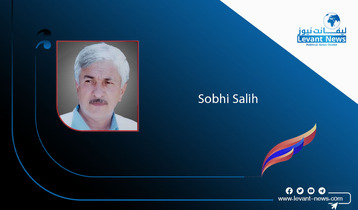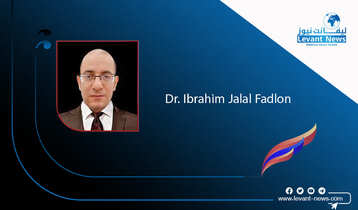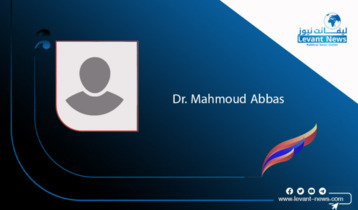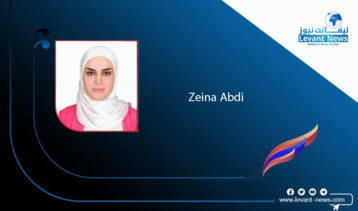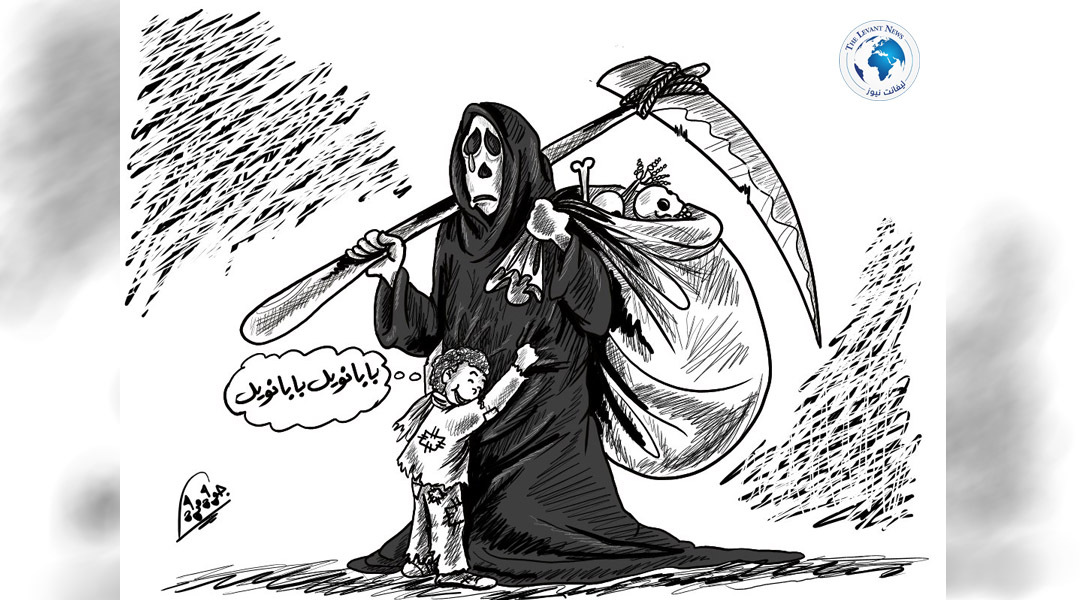-
The Flood of Hamas and President Trump's Whistle
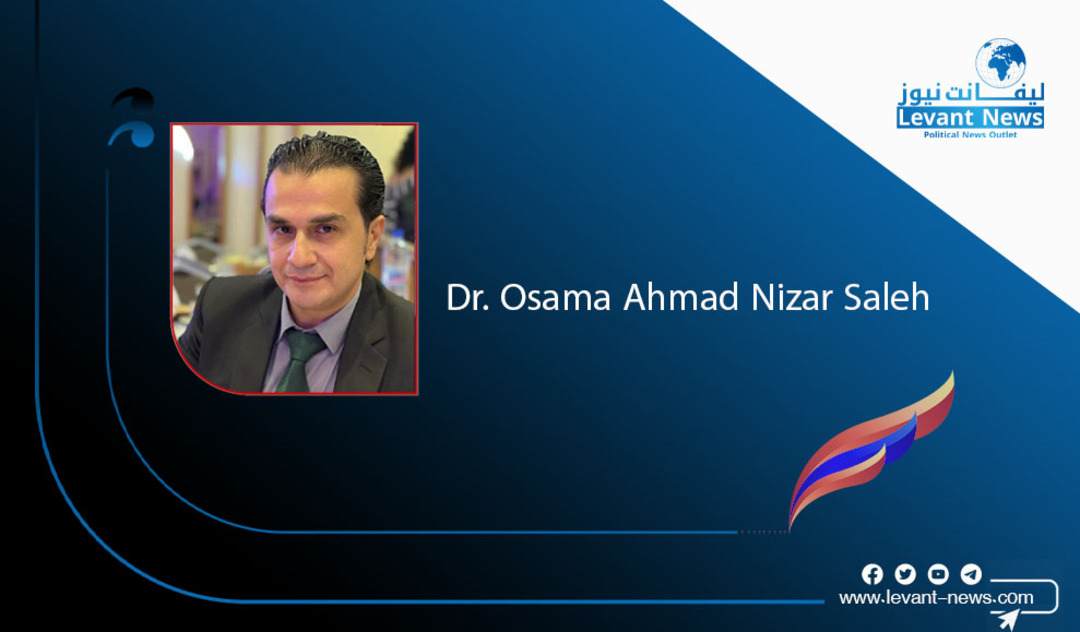
(The judgment has the right to end the match whenever it wants) — and that is what happened. Trump’s whistle signals the receding of Hamas’ floodwaters and the extinguishing of Netanyahu’s fires.
Two years ago, Hamas’ flood began, and before that, Bashar al-Assad had sailed far into Iran’s regional project, dragging Syria to the abyss, exhausting it with reckless decisions, and destroying its economy. But after the flood, the winds coming from Idlib quickly shifted to a storm of deterrence. Assad preferred not to join the “Palace or Graveyard” club and chose the “Isolated Dictators” club in Moscow.
Today, Syria is nothing like what it was before the crowds toppled statues and images. Bashar Assad no longer rules Damascus from his grave through his son Bashar; when Ahmad al-Shreif is in the Migrants’ Palace, it means that the Storm of Shreif has uprooted Syria from the Axis of Resistance and cut off the Tehran-Beirut route — the route for forging weapons and pawns. Al-Shreif sits confidently on the throne of the two lions, under the umbrella of his international relations, relying on a “Syria First” policy and zeroing problems with neighboring countries. The strongman bets on the people, listens to their grievances, acknowledges his tough moments, but is not an extension of jihadist movements. Al-Shreif boarded the American train with Saudi, Turkish, and Qatari sponsorship, addressing the world from New York’s window as a leader of a people, not a faction leader. He knows well that the events in the Coast and Swaida left wounds, and he promises to hold perpetrators accountable. He avoids conflict with the Kurds and walks carefully between fears for Syria’s unity and fears of it.
The Lebanon of the Hamas flood days is no longer the same. Although Lebanon has not yet managed to board the American train to gain regional and international support for rebuilding what the war has destroyed, it will not even allow Hezbollah to admit that the Axis of Resistance has ended. Hezbollah has no option but to close the chapter on the regional player and accept a political role inside Lebanon. Without Hassan Nasrallah, as with the Islamic Revolutionary Guard Corps without Qasem Soleimani, and with the Syrian bridge gone and Joseph Aoun in Baabda Palace, and Nofal al-Sama in the government, under the banner of restoring the Lebanese state’s full components — Hezbollah cannot revive its regional journey. It will remain, even after some time, a local party with no right to block government decisions or delay the election of a president.
Before Hamas’ flood, Iran achieved major successes in post-Saddam Iraq, post-Saleh Yemen, Assad’s Syria, and Hezbollah-controlled Lebanon. The painful days for Khamenei repeated after the flood: Ismail Haniyeh, Hamas’ leader, was killed in Tehran, and Hezbollah, without Hassan Nasrallah, and Bashar al-Assad (the chief executioner), fled Syria. Al-Shreif cleansed it from the Iranian era. The hardest view is Israeli planes penetrating Iran’s fortress and assassinating its leaders, medals pinned on generals and scholars. Iran has been unable to save its pawns or repel Israeli and American planes from its nuclear facilities. Sanctions’ winds blow fiercely on its economy again.
After the flood, Israel’s long arm in the region unleashed. Gaza is being crushed, the West Bank is being punished, Lebanon is being targeted with assassinations, and Syria’s stability is increasingly destabilized. Yemen is struck, and the murder of generals and scholars in Tehran continues. Netanyahu, Israel’s dangerous and seasoned wolf leader, reached his peak in the Doha attack.
Two years after the flood, Hamas bid farewell to everything — lost hostages’ weapons, tunnels, and they agreed to surrender their arsenal, leaving the management of Gaza to others. Their remaining leaders drank the bitter pill after realizing that Trump’s grip meant opening hell’s gates on the movement. Trump, who tore apart the nuclear deal, ordered the killing of Qasem Soleimani, and struck Iranian nuclear facilities — only he could restrain Netanyahu’s madness. The Gulf states, led by Saudi Arabia, played their part by participating in the “Two-State Solution” conference, easing the terror Hamas’ flood caused.
From Sharm El-Sheikh, Trump declared the end of the flood and fires, distributed guarantees, and asks: will the train head towards the two-state solution? Will President Donald Trump, the peacemaker, win the Nobel Peace Prize?
Dr. Osama Ahmad Nizar Salah – Syria – Latakia
You May Also Like
Popular Posts
Caricature
opinion
Report
ads
Newsletter
Subscribe to our mailing list to get the new updates!

